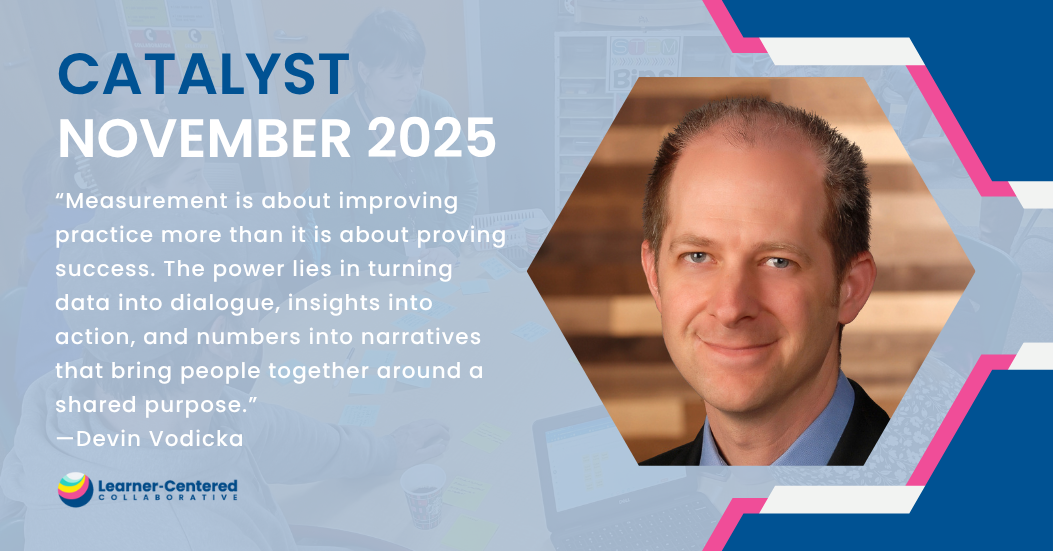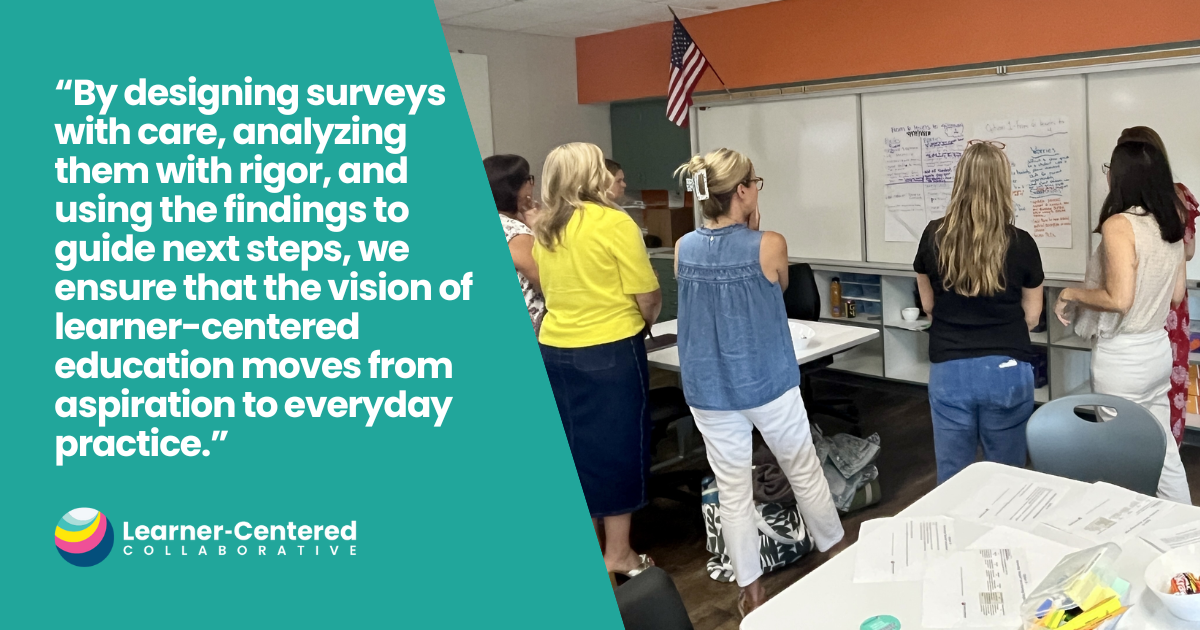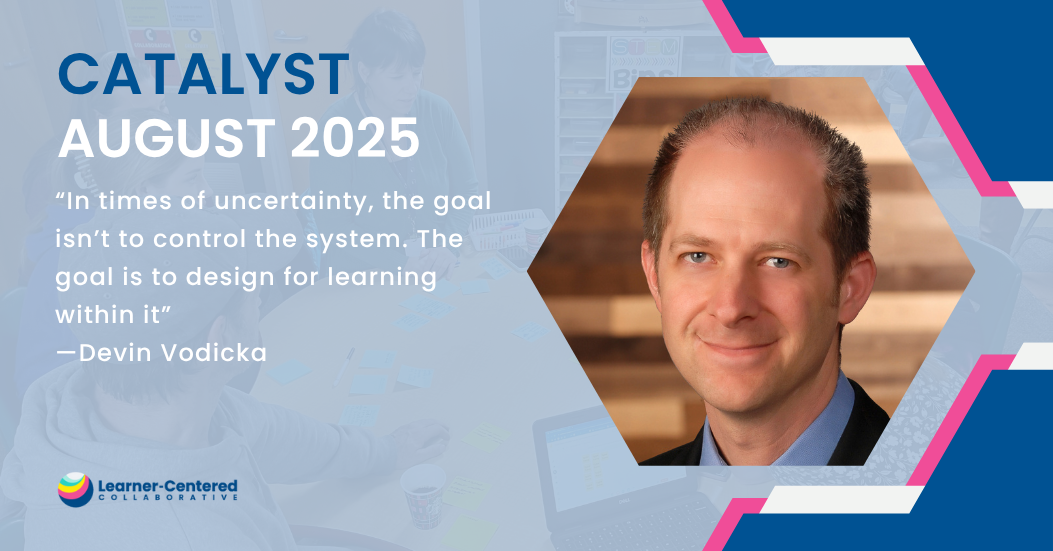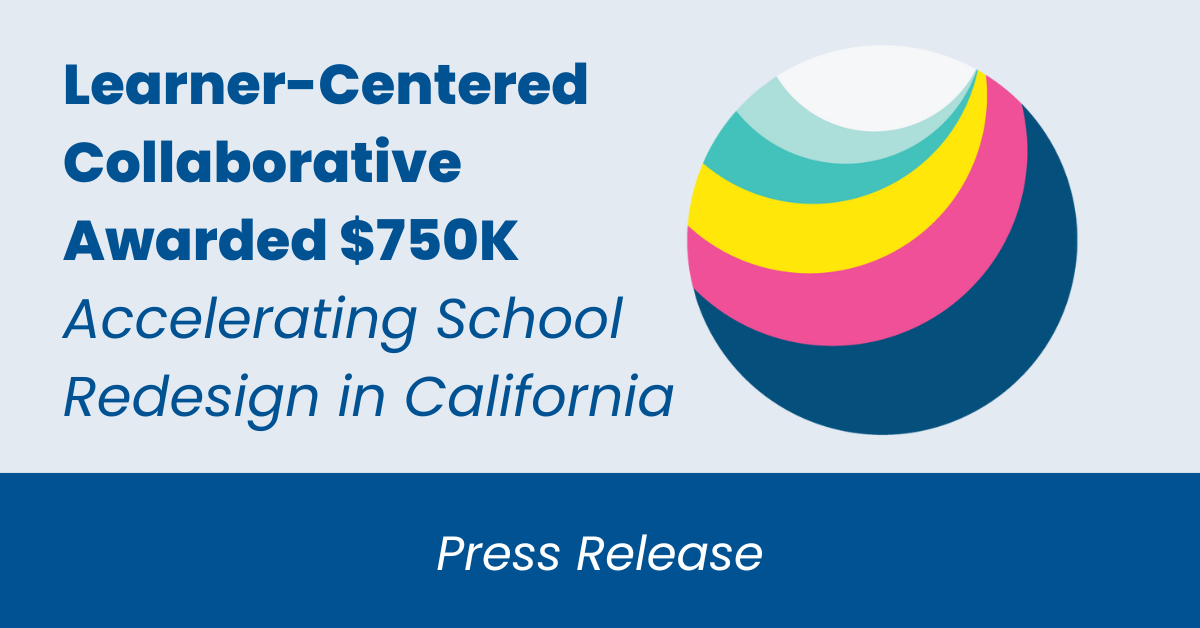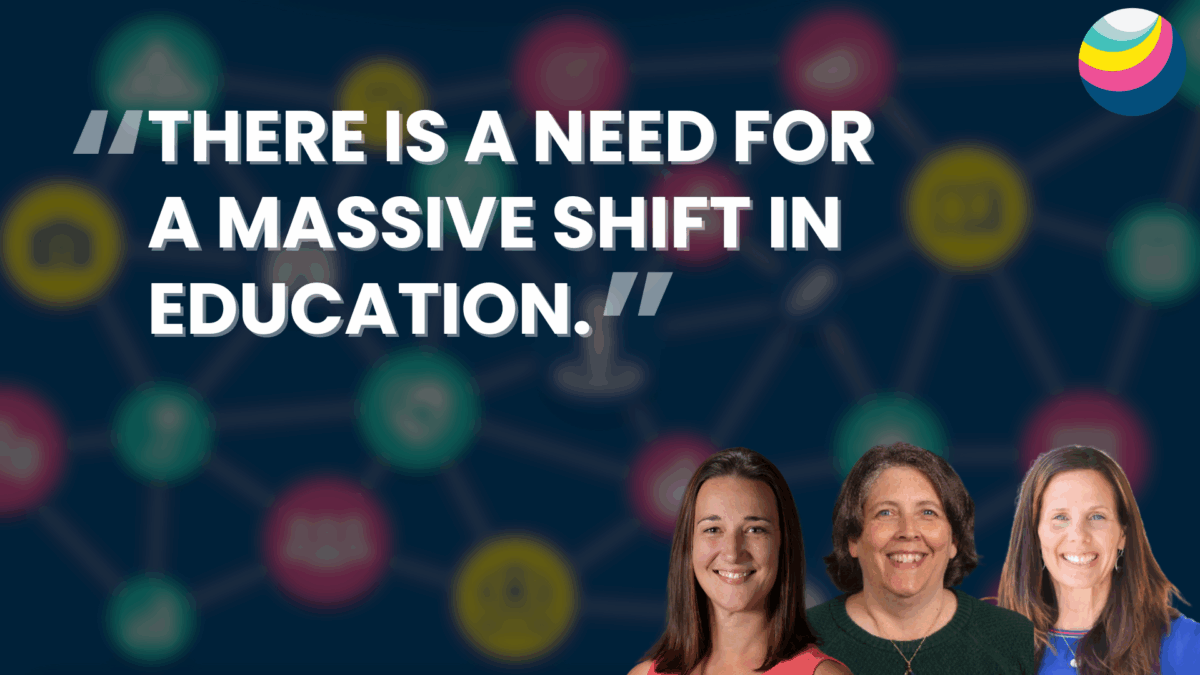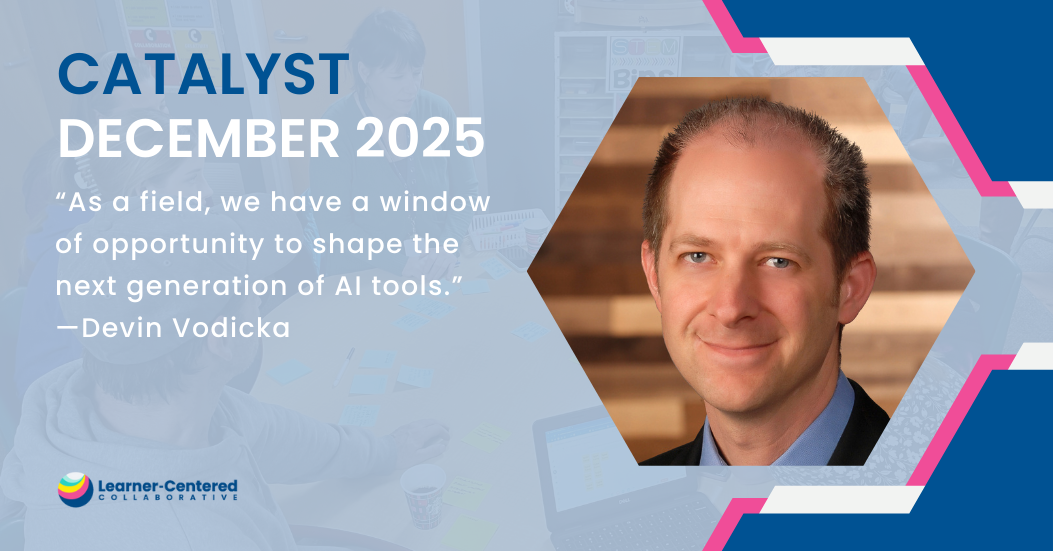A Learner-Centered Approach to Expanding Advanced Placement and Dual Enrollment for Native American Students
Written by Keisha Lanier Brown, Ph.D. Student, Georgia State University
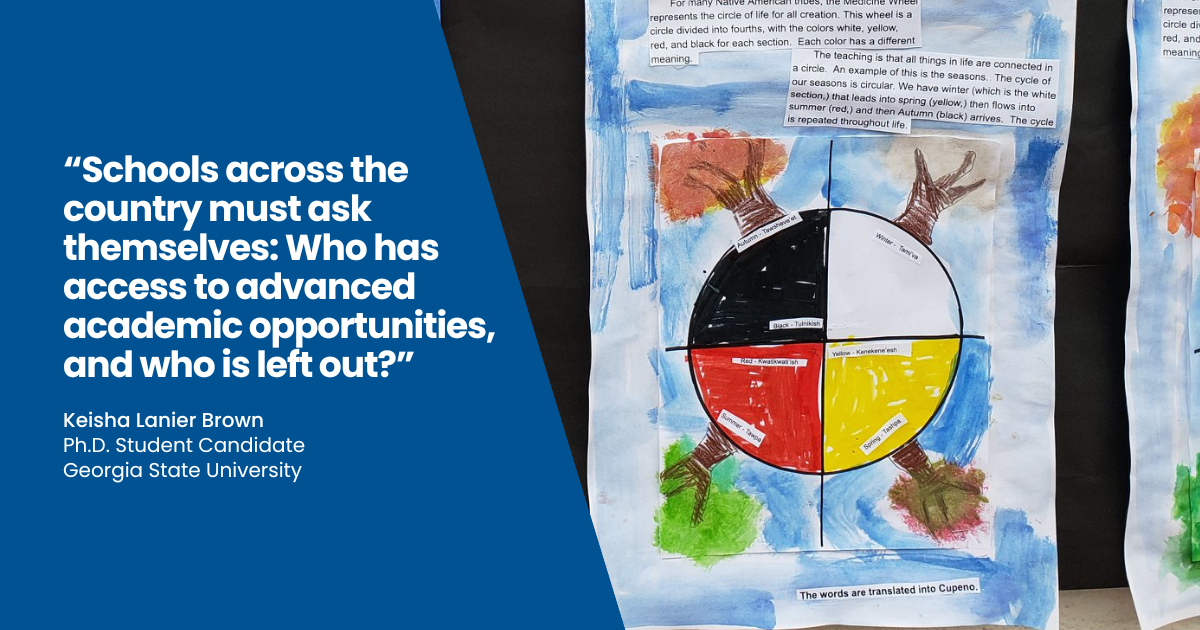
Through the inaugural Learner-Centered Assessment Fellowship, Digital Promise and Learner-Centered Collaborative brought together early-career scholars, education partners, and mentors to explore the potential of collaboration and culturally responsive approaches to educational assessment.
As a final reflection and celebration of their work, each of the four research fellows has authored a blog post for Learner-Centered Collaborative. Keisha Lanier Brown (Ph.D. student at Georgia State University) shares her research and proposed theory of change as it relates to increasing access and enrollment of AP and Dual Enrollment opportunities for Native American students.
For Native American students in the United States, participation in Advanced Placement (AP) and Dual Enrollment (DE) courses remains disproportionately low. Despite the potential benefits (e.g. college credit, academic challenge, and expanded opportunities), many Native American students are not enrolling in these programs.
For example, Native American students represent 0.4% of California’s PK-12 population, yet their participation in AP and DE remains below 0.1%—a stark underrepresentation compared to their overall enrollment numbers.
Across the country, many students face obstacles to accessing rigorous academic opportunities, a topic I had the opportunity to explore more deeply as a Learner-Centered Assessment Fellow with Digital Promise and Learner-Centered Collaborative.
Specifically, I partnered with leaders and educators at Bonsall Unified School District to explore the research landscape as it relates to supporting Native American students accessing and succeeding in AP and Dual Enrollment coursework. This research was a combination of reviewing relevant academic literature, speaking with experts in the field of Native American studies, and reading and listening to works from Native American authors.
By digging into the challenges and opportunities Native American students face, we can imagine a set of solutions that can support communities striving to serve every one of their learners well.
Understanding the Context of Native American Advanced Placement and Dual Enrollment Participation
If the goal is to increase (and sustain) the number of Native American students in AP and DE courses, we have to understand the larger context of what’s currently keeping the numbers down.
The reasons behind low participation rates cannot be reduced to a single explanation. Instead, they stem from a complex web of historical, cultural, academic, and systemic factors. Attempting to summarize these issues in a few bullet points risks oversimplifying deeply rooted challenges that vary from community to community. However, acknowledging the scope of these barriers allows us to design solutions that move beyond surface-level interventions and address core structural inequities at play.
- Mistrust of the education system and government institutions – Decades of forced assimilation policies and broken treaties have led to deep skepticism toward institutions, including schools.
- Lack of representation and cultural acknowledgment – Schools often do not reflect Native students’ identities in their curriculum, policies, or leadership. Project 562 is a great example of trying to capture the diversity of the Native American experience in the United States.
- Barriers to access and awareness – Students and families may not be fully informed about AP or may face logistical hurdles to participation.
- Differing educational priorities – Some students may see DE as more practical, offering immediate college credit and alignment with career goals.
While these challenges are significant, they are not insurmountable. Schools that actively work to dismantle these barriers can create environments where Native American students—and all historically underserved students—feel valued, seen, and supported in accessing advanced coursework. By focusing on belonging, voice, and access, we can build systems that ensure every student has the opportunity to thrive in rigorous academic programs.
A Theory of Change: Creating the Conditions for Success
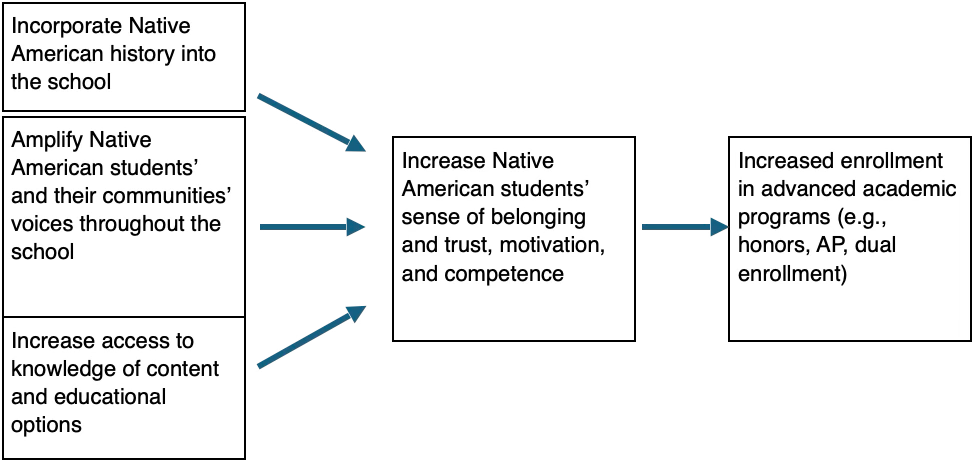
To increase Native American students’ participation in AP and DE, we must first create the right conditions for success. This theory of change outlines a three-step approach that applies broadly to ensuring all students, regardless of background, have unrestricted access to advanced coursework:
| Element | Description |
|---|---|
| Increase students’ sense of BELONGING and trust |
|
| Amplify students’ and their communities’ VOICES throughout the school |
|
| Increase ACCESS to knowledge of academic content and educational options |
|
When these three elements are in place—belonging, voice, and access—students are more likely to enroll and succeed in advanced academic programs.
Applying This Theory of Change to Support Native American Students
Based on this research, here are key strategies to improve Native American students’ participation in AP and DE—and by extension, increase access for all students:
| Strategy | Key Actions |
|---|---|
| Increase Cultural Visibility in Schools |
|
| Strengthen Community Connections |
|
| Expand Awareness and Access to AP and DE |
|
| Empower Student Leadership |
|
| Analyze and Adapt Policies for Equitable Access |
|
The challenge of ensuring access for all students to AP and DE is a national issue. Schools across the country must ask themselves: Who has access to advanced academic opportunities, and who is left out?
By fostering belonging, amplifying student voices, and building stronger community partnerships, schools can create pathways where all students—regardless of race, background, or economic status—can thrive.
Case Study: Partnering with Native Families and Tribal Leaders in Bonsall Unified School District to Decrease Chronic Absenteeism and Increase AP and Dual Enrollment
Bonsall Unified School District has taken sustained and meaningful action to increase cultural visibility and deepen its partnership with local Native communities—particularly the Pala Band of Mission Indians. In collaboration with tribal leaders, the district has launched a Native Learner Advisory Council that has been instrumental in promoting high levels of connectedness and belonging.
Bonsall has worked collaboratively to incorporate Native American stories and perspectives into the curriculum, install murals and artwork that honor Indigenous culture, and bring Native speakers and community leaders into schools to share their histories and traditions. These efforts were formally recognized and expanded through a Memorandum of Understanding in 2023 with the Pala Band of Mission Indians. The MOU reaffirmed the district’s commitment to culturally responsive education and shared leadership.
This partnership has yielded tangible results in addressing chronic absenteeism, reducing the rate among Native American students from 50.9% in 2021-22 to 41% in 2023-24 through collaborative strategies like coordinating site attendance teams with Pala representatives, conducting home visits, and holding meetings on the Pala reservation to increase family engagement. Through events like sharing circles and policy updates that respect cultural practices around attendance and dress, the district continues to co-create inclusive conditions that support Native students and families.
In parallel, Bonsall Unified has made strides in expanding educational access and student voice, particularly in Advanced Placement (AP) and Dual Enrollment (DE) programs. The district has launched targeted outreach—on campus and within Native communities—to raise awareness of the benefits of these programs, supported by culturally relevant materials and family engagement strategies. To reduce barriers, students can now enter these programs through teacher recommendations, test scores, or a holistic review process. Importantly, Bonsall tracks student data to ensure equitable participation and outcomes, supplementing academic access with tutoring and bridge programs.
